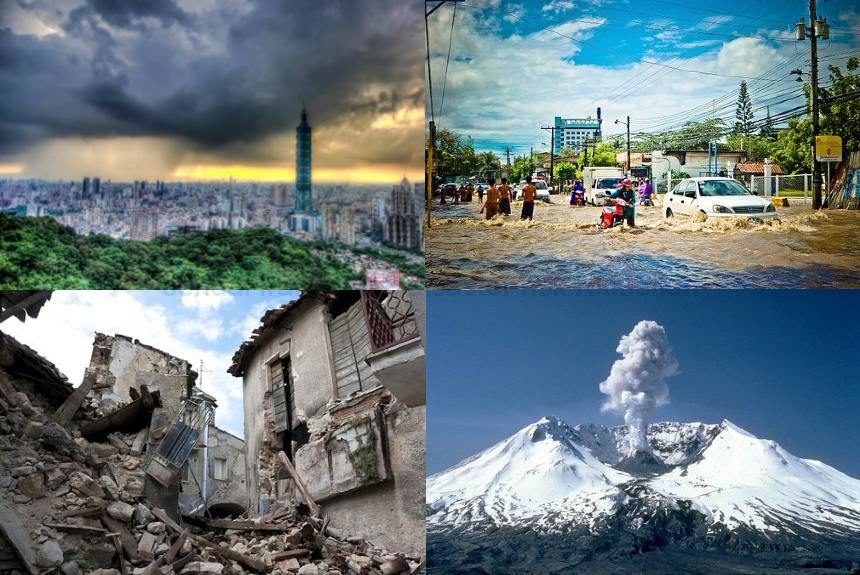The UN Office for Disaster Risk Reduction (UNDRR) published the report, “Monitoring the Implementation of Sendai Framework for Disaster Risk Reduction 2015-2030: A snapshot of Reporting for 2018,” outlining how the Member States are monitoring their implementation of the Sendai Framework.
The UN adopted the Sendai Framework for Disaster Risk Reduction in March 2015 at the 3rdth UN World Conference on Disaster Risk Reduction in Sendai, Japan.
This new framework is a continuation of the work done under the Hyogo Framework for Action in 2005-2015. Its vision and expected outcome represent an essential shift from managing disasters to managing disaster risk from extreme climatic events due to climate change.
The report shows an analysis of data that the Member States have shared as part of the official global indicator system of the Sendai Framework comprising the seven targets and 38 indicators.
The seven targets are divided into two groups- reduce and increase.
The first four targets is aimed to reduce the following:
- A. Global disaster mortality,
- B. Number of affected people from disasters globally,
- C. Direct disaster economic loss, and
- D. Disaster damage to critical infrastructure and disruption of basic services.
The second group of targets is aimed to increase the following:
- E. Countries with national and local DRR strategies,
- F. International cooperation to developing countries, G. Multi-hazard early warning systems and disaster risk information.
The countries are classified into 3 groups: Least developed country (LDC), Land-locked developing country (LLDC), and Small Island Developing States (SIDS).
The report gives a snapshot of what the countries are going through for the period 2018, with some comparisons from the 2017 data.
It also provides a global and regional perspective of disaster-related losses in terms of human lives, health effects, damaged and destroyed housing, disrupted livelihoods, destruction of critical infrastructure and disruption of essential public services.
Click the link below to read the whole report:
Source citation:
UNDRR (2020). Monitoring the Implementation of Sendai Framework for Disaster Risk Reduction 2015-2030: A Snapshot of Reporting for 2018. Bonn, Germany. United Nations Office for Disaster Risk Reduction (UNDRR). Retrieved from https://www.undrr.org/publication/monitoring-implementation-sendai-framework-disaster-risk-reduction-2015-2030-snapshot



Leave a Reply